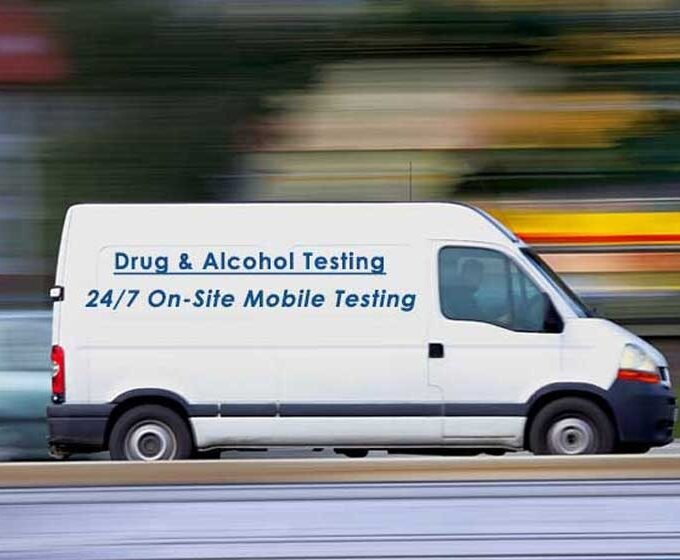Addiction is a very complex and often misunderstood issue that affects millions of people worldwide. While it’s widely recognized as a disease, many individuals who struggle with addiction face stigma and discrimination, making it challenging to seek the help they need. This stigma prevents individuals from accessing treatment and creates barriers to their recovery.
Outpatient rehab West LA is one of the many resources available to those seeking substance use disorder or mental illness treatment. Still, many people are unaware of its benefits or hesitate to seek help due to the negative attitudes associated with addiction. In this blog, we will explore the stigma of addiction, the barriers it creates for those in need of treatment, and the role that outpatient rehab can play in helping substance abuser overcome drug addiction and achieve long-term recovery.
What is the Stigma of Addiction?
The stigma of addiction refers to society’s negative attitudes and beliefs about individuals with substance use disorders. Addiction stigma can manifest in many ways, including moral judgments, discriminatory behavior, and social exclusion.
People with addiction often face discrimination in the workplace, healthcare, and even within their families. The SAMHSA, a famous Substance Abuse and Mental Health Services Administration, defines stigma as cluster of wrong beliefs and attitudes that motivate the general public to reject, avoid, fear, and discriminate against people with some mental illnesses and substance use disorders.
Addiction stigma can be particularly harmful because it can discourage people from seeking drug abuse treatment and support.
Barriers to Treatment and Recovery: Understanding the Impact of Addiction Stigma
Stigma is one of the significant barriers to treatment and recovery for individuals with substance use disorders. Unfortunately, negative attitudes and moral judgments about addiction can prevent people from effectively seeking help to manage their condition. Here are some of the key barriers to treatment and recovery that are influenced by addiction stigma.
The Shame and Embarrassment of Addiction
People with addiction often feel ashamed and embarrassed about their condition, making it challenging to seek help. They may fear judgment or discrimination from others, including healthcare providers, friends, and family members. The stigma of addiction can cause people to suffer in silence, leading to adverse health consequences and even death.
Perceptions of Addiction Treatment
Stigma can also influence perceptions of addiction treatment. Many people view addiction as a moral failing rather than a chronic disease that requires medical treatment. As a result, they may not recognize the value of addiction treatment, including medication-assisted treatment, counseling, and other forms of behavioral health support.
The Criminal Justice System
In addition, the criminal justice system often stigmatizes individuals with substance use disorders. People with addiction are disproportionately represented in the criminal justice system and may face harsher penalties than individuals without substance-related conditions. This can make it very difficult for people with addiction to access the support and treatment they need to overcome their condition.

Overcoming Addiction Stigma: Strategies for Reducing Barriers to Treatment and Recovery
Fortunately, there are easy steps we can take to reduce the stigma of addiction and make it easier for people to seek treatment and support. Here are some strategies for overcoming addiction stigma:
Educate the Public to Reduce Stigma
One of the effective ways to reduce addiction stigma is through education. We need to increase awareness and understanding of substance use disorder treatment as a chronic disease that requires medical treatment. This can involve public awareness campaigns, community outreach, and public health messaging.
Work with Healthcare Providers
Healthcare providers play a critical role in reducing addiction stigma. By providing compassionate, non-judgmental care, healthcare providers can help reduce the shame and embarrassment many people with addiction feel. Additionally, health care providers can work to increase access to alcohol use disorder treatment and support services.
Advocate for Policy Changes to Fight Substance Use Disorder
Policy changes are necessary to reduce addiction stigma and increase access to addiction treatment and support services for the recovery process. We need to advocate for policy changes that support addiction treatment and recovery. This can include increasing funding for addiction treatment programs and addressing the underlying social determinants of addiction, such as poverty and unemployment.
Foster Supportive Environment to cope with Mental Illness like Substance Use Disorders
We need to create supportive environments for individuals with substance use disorders. This can include promoting peer support groups, such as Alcoholics Anonymous and Narcotics Anonymous, and providing opportunities for individuals in recovery to connect with others who have had similar experiences.
The Importance of Reducing Stigma Surrounding Addiction
Reducing the stigma surrounding addiction is crucial for several reasons outlined below.
Overcoming Barriers to Treatment and Recovery
The stigma surrounding addiction can create significant barriers to treatment and recovery. People with substance use disorders may hesitate to seek help due to fear of judgment or discrimination. By reducing stigma, individuals with addiction can feel safer and more supported in seeking help to overcome their addiction.
Improving Healthcare Provider Support
Reducing stigma can also help health care professionals better serve individuals with drug use disorders. When healthcare providers understand addiction as a chronic disease, they can provide better patient care, including medication-assisted treatment and other forms of behavioral health support. This can ultimately improve the outcomes for individuals with opioid use disorder.
Preventing Negative Health Outcomes
Reducing stigma can also help prevent addiction-related adverse health outcomes like drug overdoses. When people feel comfortable discussing substance use and seeking treatment, they are more likely to receive the care they really need to manage their condition effectively. This can ultimately lead to better health outcomes and prevent overdose and other adverse health consequences.
Conclusion
Addiction stigma is a significant barrier to treatment and recovery for individuals with substance use disorders. Negative attitudes and moral judgments about addiction can prevent people from effectively seeking help to manage their condition. Reducing stigma requires a multifaceted approach that includes educating the public, promoting positive messaging, working with healthcare providers, advocating for policy changes, and fostering supportive environments.
By reducing the stigma of addiction, we can improve access to addiction treatment and support and, ultimately, it improves the health and well-being of individuals with substance use disorders. It’s time to recognize addiction as a chronic disease that requires medical treatment and support rather than a moral failing. Together, we can work towards reducing the stigma of addiction and creating a more compassionate and supportive society for all.
















